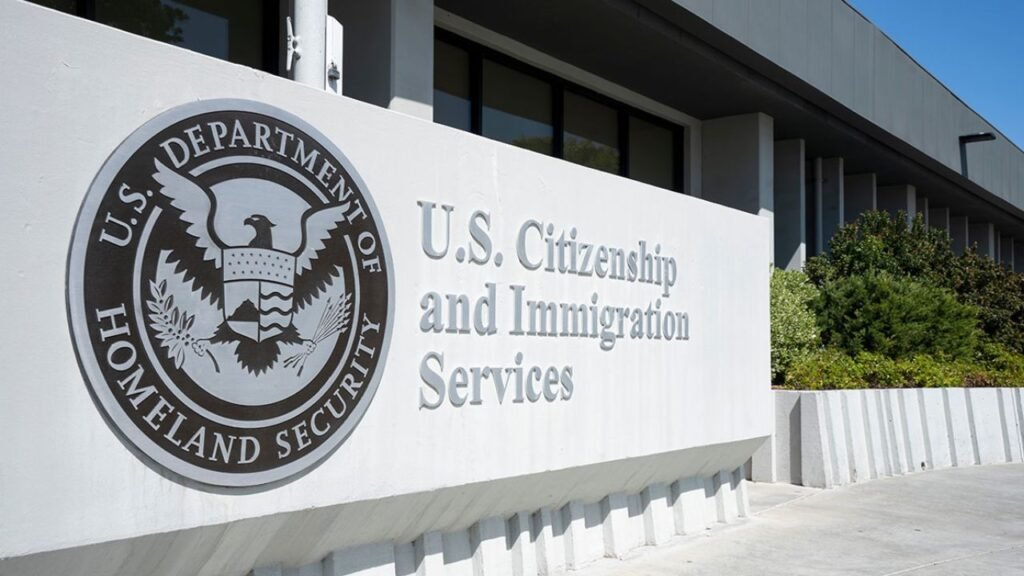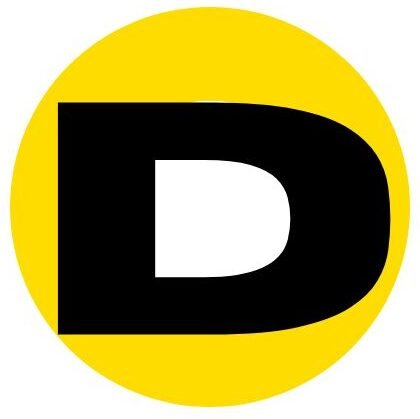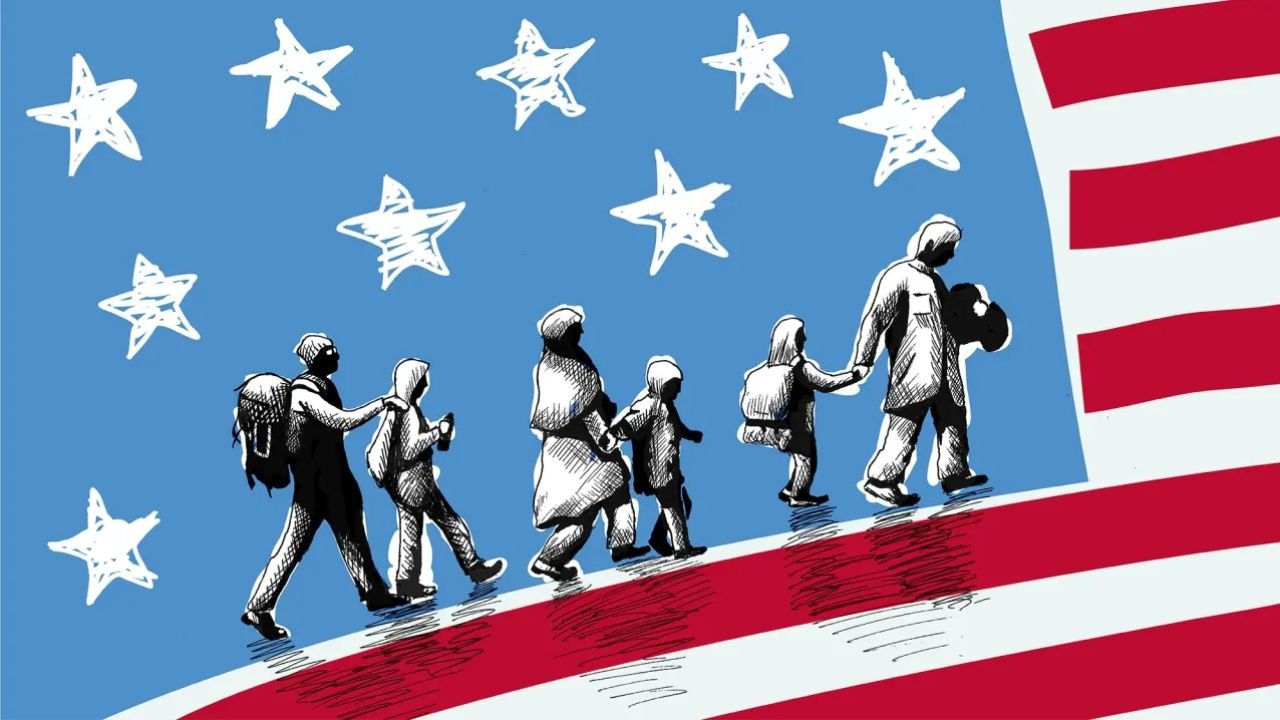President Donald Trump has unveiled a sweeping new immigration policy that dramatically increases the cost of obtaining U.S. work visas and permanent residency. As part of his broader strategy to prioritize American workers over foreign talent, Trump announced a $100,000 annual fee for H-1B visa applications, which are widely used by technology companies to bring skilled workers into the country.
The Creation of the “Gold Card”
Alongside the higher visa costs, Trump signed an executive order to introduce a new residency program called the “Gold Card.” This status, which functions similarly to a traditional green card, will require foreign workers to pay $1 million for permanent residency rights. Trump described this as a way to ensure that only top-tier, highly valuable professionals remain in the U.S. permanently. He compared the process to professional sports, where corporations would essentially pay a signing bonus to secure top international talent.
A Broader Crackdown on Immigration
These steep new costs are part of a larger immigration crackdown under Trump’s administration. His policies have included large-scale deportations of undocumented immigrants and the suspension of asylum applications while cases are pending. Earlier in August, the State Department also announced a $15,000 bond requirement for some visa holders, further tightening entry pathways into the U.S.
Government’s Rationale Behind the Move

Commerce Secretary Howard Lutnick explained that nearly 281,000 people were granted green cards annually, earning on average $66,000 per year. He argued that many of these individuals could end up relying on public assistance. According to Lutnick, the new Gold Card would make sure only the “extraordinary” workers remain in the country, ensuring that the benefits of residency are limited to the most highly skilled individuals.
Support from Major Tech Companies
Despite the staggering cost, Lutnick claimed that leading technology companies are prepared to pay the fees to retain top talent. Each year, the U.S. government issues 85,000 H-1B visas, most of which go to the technology sector. Companies like Amazon, Microsoft, and Meta continue to rely heavily on these programs, with Amazon alone securing more than 10,000 visas this year.
Impact on International Workers
For foreign professionals currently in the U.S., the new measures create uncertainty. Workers like Shantanu Prakash, a software engineer in Ohio on an H-1B visa, face challenges in planning their lives due to the program’s temporary nature. H-1B visas typically last between three and six years, and the high renewal fees may make it increasingly difficult for many to continue working in the country.
India and China Among the Most Affected
India remains the largest beneficiary of H-1B visas, accounting for 71% of all approvals last year. China came in second with 11.7%. With the new rules, workers from these countries, particularly in the technology sector, are expected to feel the brunt of the financial burden imposed by the Trump administration’s revised immigration policies.

